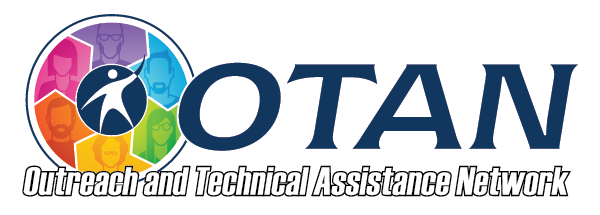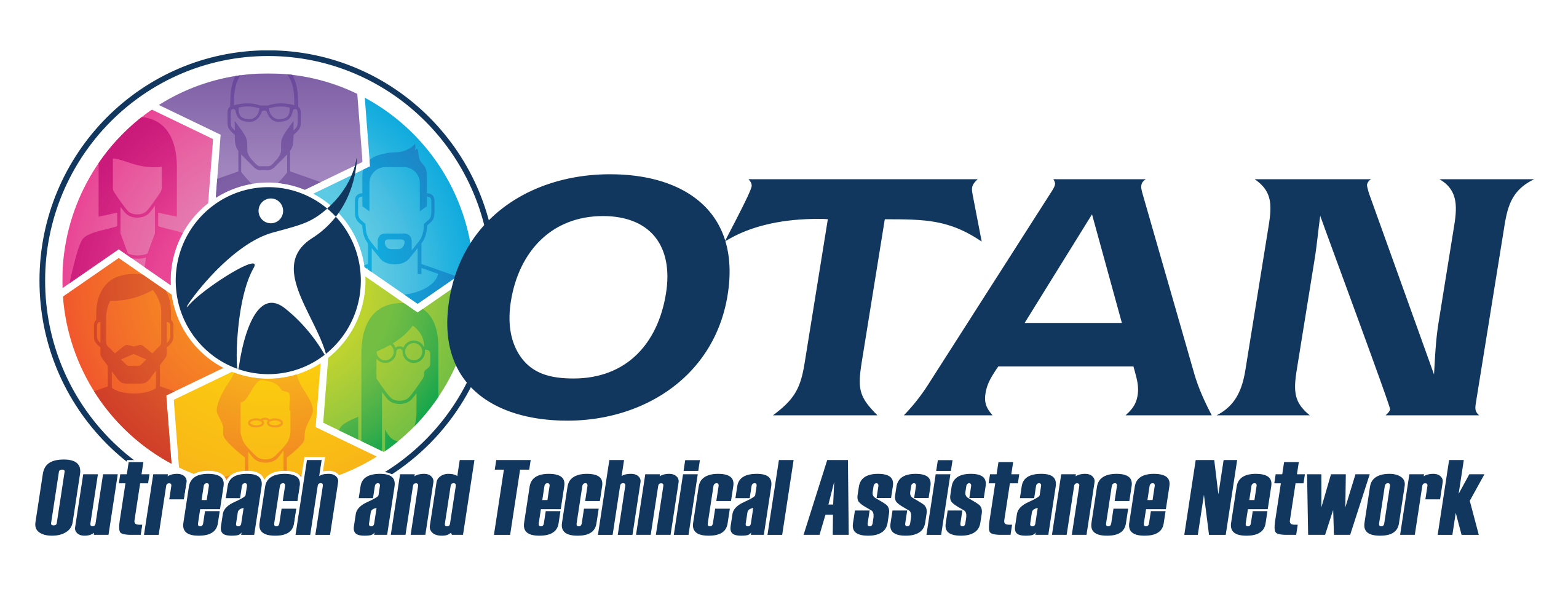Search
Program Areas
490 Results
Activity Description
Program Areas
Levels
Activity Description
In this activity, students are shown a video called “What in the World… History Compressed” and then later asked to write about it. The emphasis is on critical thinking. The Web site contains videos, political cartoons, and pictures that encourage students to think critically.
Screenshot of Working the Web for Education - Tom March - Critical Thinking
Program Areas
Levels
Activity Description
In this activity, students learn to recognize and describe the characteristics of living organisms. Students view several different short videos and complete a worksheet identifying the characteristics of life observed in each video.
In the microscope imaging station (see link in the Example Web Site above), you will introduce students to unique life science activities that let them work with research-quality microscopic images and videos. In the Flipbooks section, you can use printable images from the time-lapse movies to make flipbooks (handheld animations that students can make at home).
Program Areas
Activity Description
In this activity, students use printable images from a time-lapse movie to make flipbooks—handheld animations. This series of images depicts the process of mitosis in the early embryo of the fruit fly, Drosophila melanogaster. In this stage of Drosophila development, the nuclei divide very rapidly without cell division, and the divisions are synchronized. The mitosis shown took about 10 minutes from start to finish.
Program Areas
Activity Description
The Occumational Outlook Handbook is created and maintained by the U.S. Bureau of Labor Statistics. It includes an up-to-date description of occupations, job summaries, entry-level education, median pay, and projected job growth
For this project, using the OOH, students will investigate three jobs of their choice and engage in project based learning activities to delve into various careers and discuss future trends.

